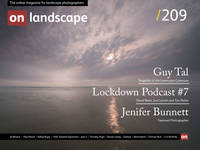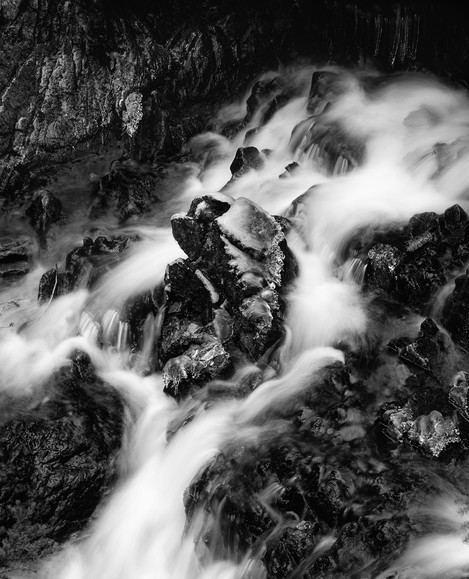Where do we go from here?

Timothy Floyd
I am a full-time amateur photographer, having made my first photographs at age 13 and continuing now some 50 years on. I enjoy many genres, but mostly I enjoy the deliberate and contemplative aspects of landscape photography. I do not view myself as an artist, but rather I try to faithfully and aesthetically record the artistry, beauty and tragedy found in the world.
It has come to me of late that comparing one man’s work to another’s, naming one greater or lesser, is a wrong approach. The important and only vital question is, how much greater, finer, am I than I was yesterday? - Edward Weston
Part I of this article gave a historical context to the current debate in post-processing (click here to read).
The Dilemma
Nearly everyone would agree that digital files, especially raw files, require some degree of post-processing, i.e. editing. The essence of the current debate is, at what point does post-processing cease to approximate reality as it was and begin to depict reality as the photographer wished it to be? Whilst the photographer is obliged to use some software to process images, at what point does an image become “Photoshopped,” which for some is a euphemism for mendacious.
Some have argued in a variety of forums that truth is neither necessary nor important, nor even possible, in a photograph.1,2 Others feel that the photographer should strive for veracity in the image even if truth can never be fully achieved, kind of like the Heisenberg uncertainty principle. You can never photograph what you see so the photograph must be untrue.


